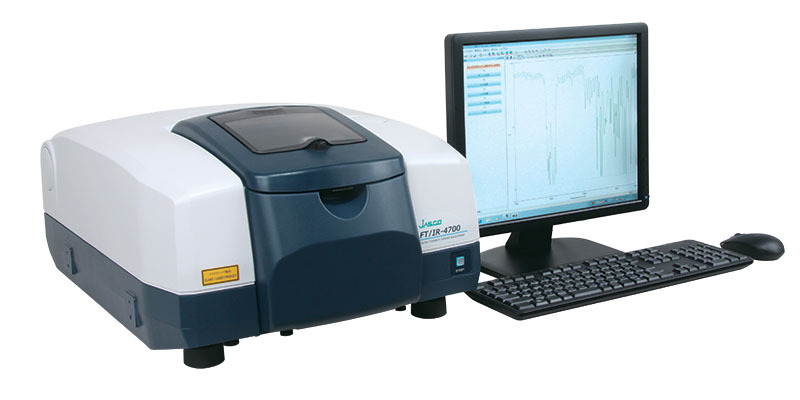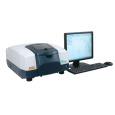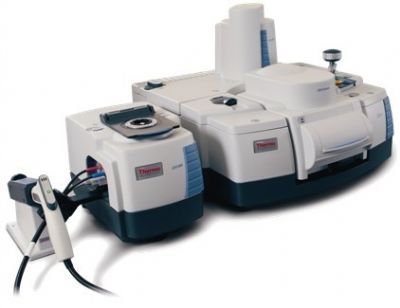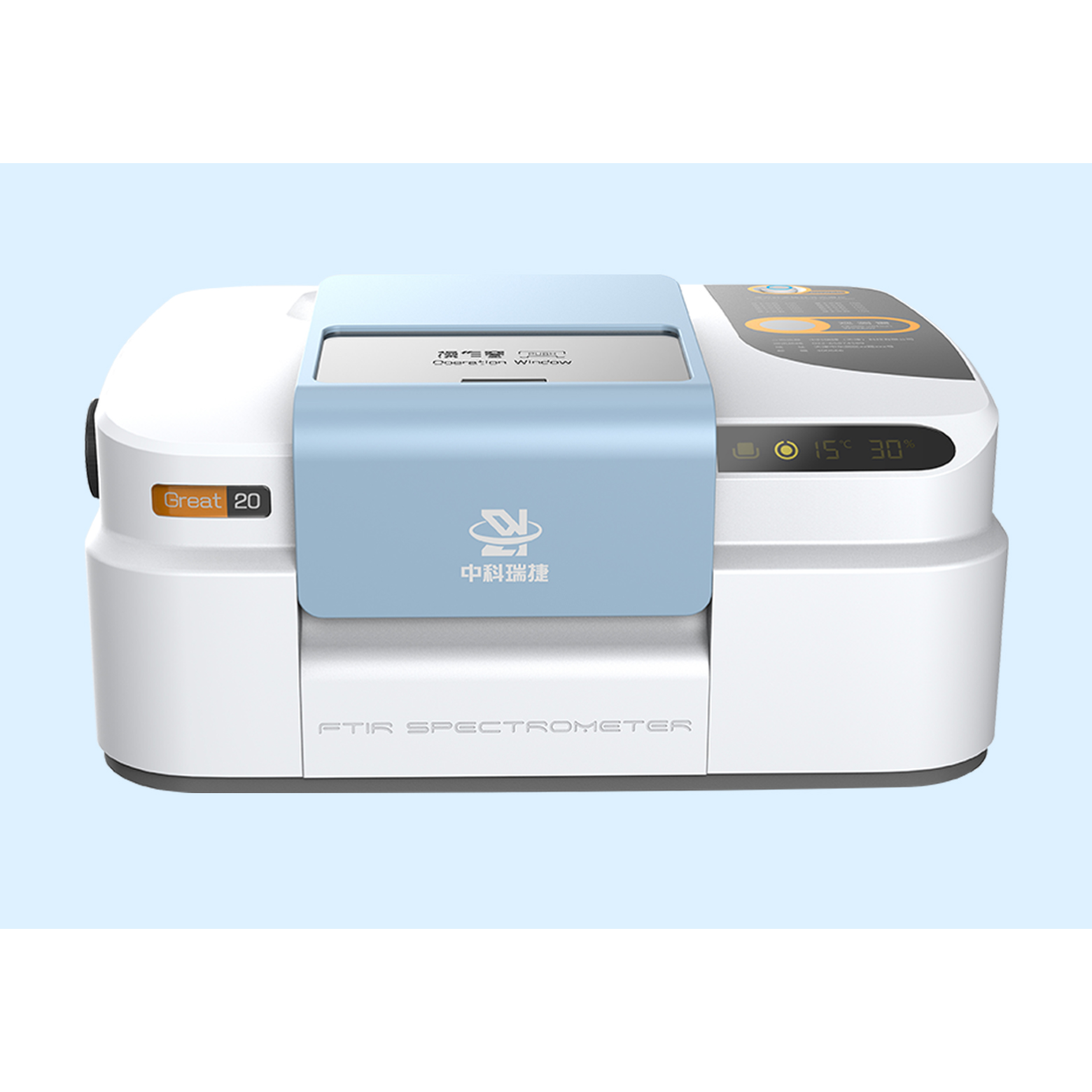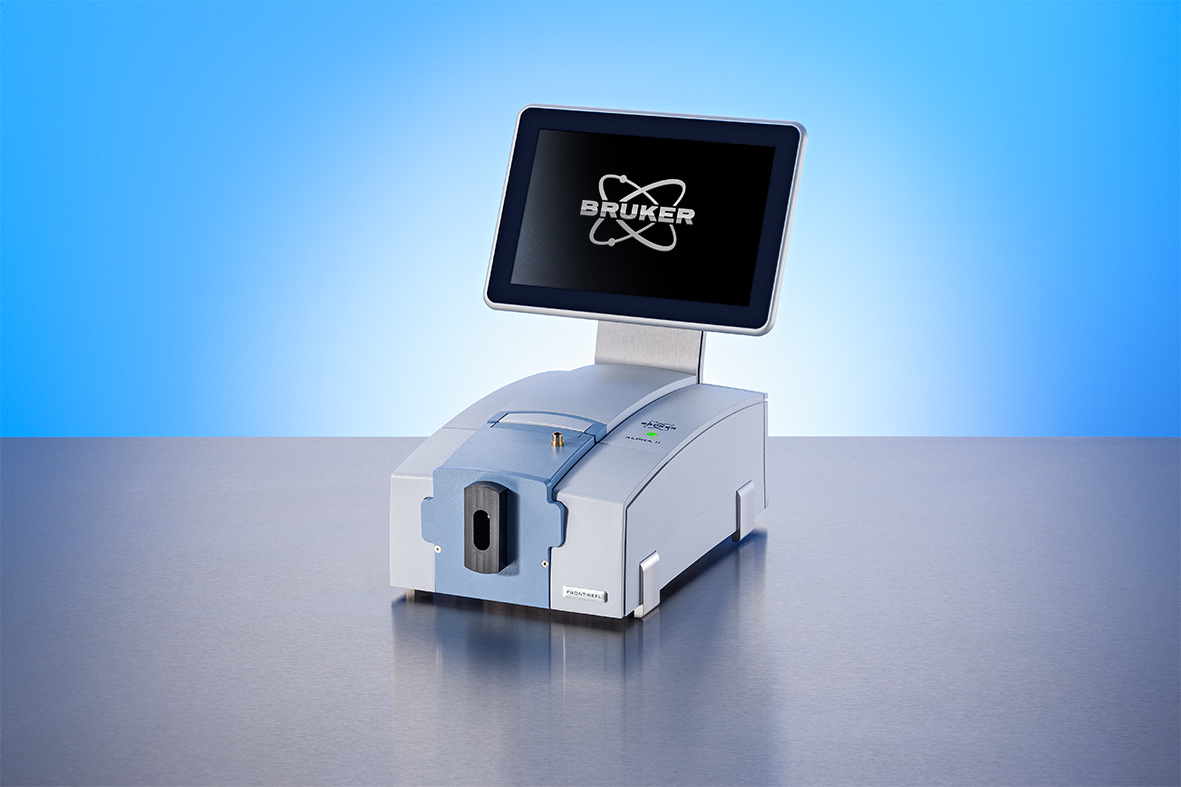聚合物存在于日常生活中。从我们吃的食物的包装到垃圾袋,聚合物几乎无处不在。汽车也不例外。聚合物占现代汽车的40%以上;地毯、座椅、衬垫、旋钮、开关、仪表板和化妆品覆盖物由一种或另一种聚合物组成。本文将描述汽车中各种聚合物的分析,以便立即进行研究。
方案详情

聚合物存在于日常生活中。从我们吃的食物的包装到垃圾袋,聚合物几乎无处不在。汽车也不例外。聚合物占现代汽车的40%以上;地毯、座椅、衬垫、旋钮、开关、仪表板和化妆品覆盖物由一种或另一种聚合物组成。本文将描述汽车中各种聚合物的分析,以便立即进行研究。本应用说明中结论单反射微型ATR是一种简单易用的聚合物分析配件。ATR技术快速、可重复且非常可靠,可用于任何构型的硬或软聚合物的表征。该分析方法是无损的,可用于从最少量的样本中收集数据。Analysis of Automotive Polymers Using FTIR-ATR · No Sample Preparation Reproducible Results ·High Sensitivity ·Sampling Versatility The above criteria are important to the professional scientist or laboratory chemist. Int r o d u c t io n Polymers are present in daily life . From the wrappings around the food we eat to the sacks used for the garbage, polymers are practically everywhere. The automobile is no exception. Polymers comprise greater than 40% of a modern automobile; the carpet,seats, padding, knobs, switches, dashboard and cosmetic coverings are composed of one polymer or another. This paper will describe the analysis of the various polymers in an automobile immediately accessible to i nvestigation. Wayunumlln Figure 1. Transmission and ATR spectra of polystyrene. The traditional method of analysis for polymers i s to make a thin f il m of the polymer and collect an infrared transmittance spectrum. Sample preparation can be time consuming, f il m thickness inconsistent and the use of solvents hazardous. Also, not all polymers can be dissolved in a solvent, heated or flattened enough to make an adequate thin film for analysis with infrared spectroscopy. ATR accessories require no sample preparation and greatly simplify the collection of FT-IR spectra. The solid sample is placed onto the ATR crystal, pressure is applied, and the sample spectrum is collected.T The sample is removed from the crystal surface and the accessory is ready to collect additional spectra. Fast and less complicated than using prepared thin films, the ATR method allows recovery of the original sample for other analysis methods. Figure 2. Spectrum from vehicle carpet f ibers The resul t ing sample data can be searched against a digital database of ATR spectra for positive identification. Despite changes in relative peak intensity of the absorption bands, due to the internal mechanism of ATR accessories, spectra can also be compared to transmission data. As an example, Figure 1 i s a plot of the transmission and ATR spectra of polystyrene. E x per i m e n t al Resu lt s Spectra were collected using a JASCO FTIR-4600 with a micro-ATR accessory equipped with ZnSe lenses and a single-reflection diamond ATR crystal. Sample sizes of 1-4 mm were collected from various parts of the vehicle. The individual polymer samples were placed onto the ATR crystal and the anvil was hand-t i ghtened to apply pressure. No sample preparation was necessary to collect the spectra. Figure 3. Fibers from the seat covering and fabric of the vehicle roof. FT-IR spectra of 64 scans at 4 cm-1 resolution were coadded and averaged to obtain the single-beam background and sample spectra. To provide identification of the samples, the spectra were searched versus several library collections of polymer spectra. Figure 4. Polymer samples collected from the various molded side panels and trim. Figure 2 is a spectrum of fibers compris i ng the nap of the vehicle carpet and is identi f ied as Nylon-6. Fibers from the seat covering and fabric of the vehicle roof were analyzed and identified as Poly(ethylene terephthalate). Figure 3 is a representative spectrum of these fibers. Figure 5. Spectrum from the trim around the radio console Polymer samples collected from the various molded side panels and trim were identifiedas the complex polymer Poly (ethylene:propylene:diene). One of four sample spectra can be found as Figure 4. Figure 6. Spectrum of the Red polymer found in a tail light. Figure 5 is a representative spectrum of samples collected from the trim around the radio console and a portion of the taillight lens, subsequently identified as Bisphenol-A-polycarbonate. The red polymer of the taillight was identified as Poly (methyl methacrylate) and is plotted as Figure 6. Figure 7. Dashboard knobs identified as (80% styrene) Poly (styrene:acrylonitrile Several samples collected from the vehicle knobs, switches and the radio console were identified as a copolymer of styrene and acrylonitrile. The peak at 2235 cmis representative of the nit r ile functional group i n polyacrylonitrile. C on c lu s i ons The single reflection micro-ATR is a s i mple, easy-to-use accessory for the analysis of polymers. The ATR technique is rapid,repeatable and very reliable for the characterization of hard or soft polymers in any configuration. The analysis method is non-destructive and can be used to collect data from a minimal amount of sample.
确定
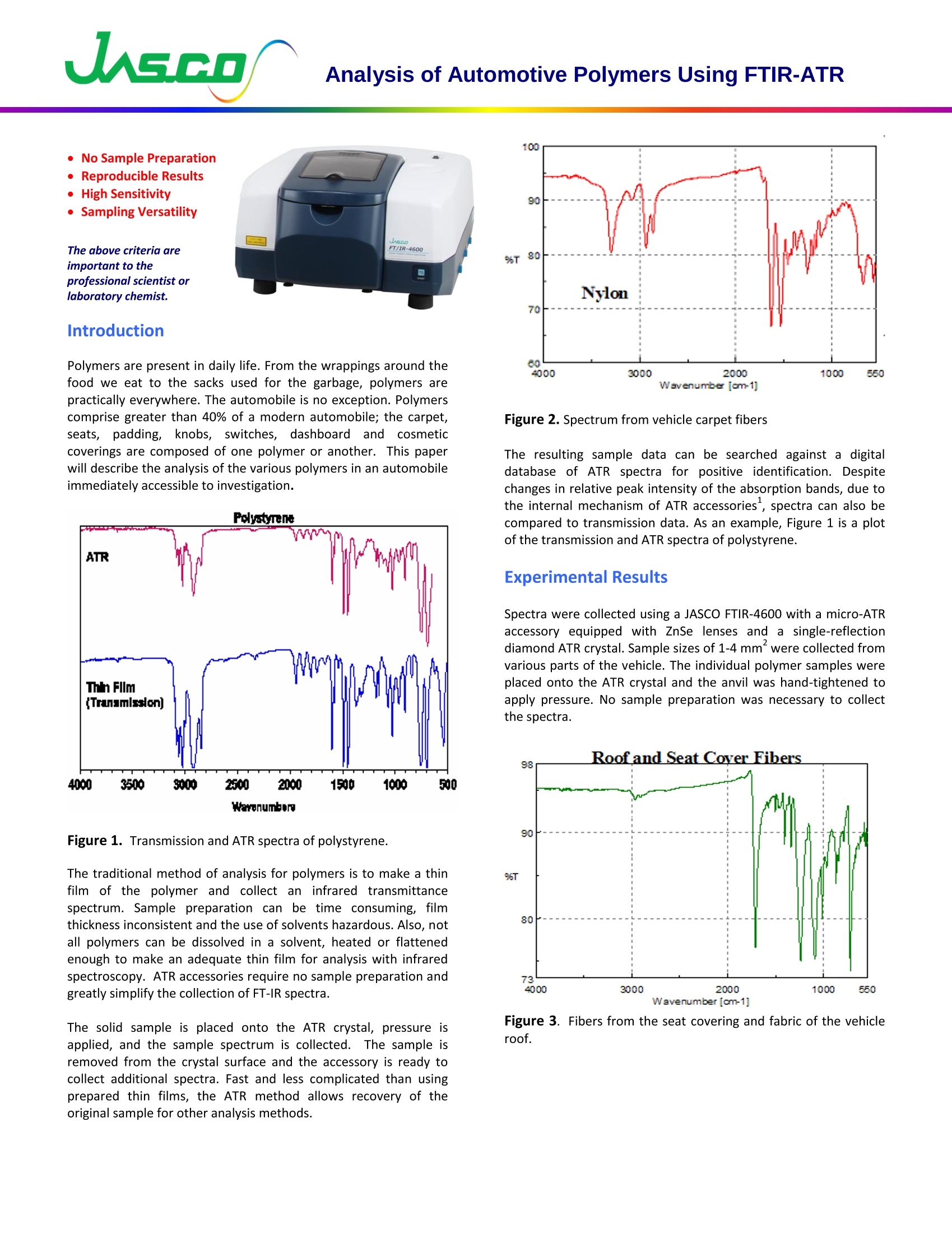
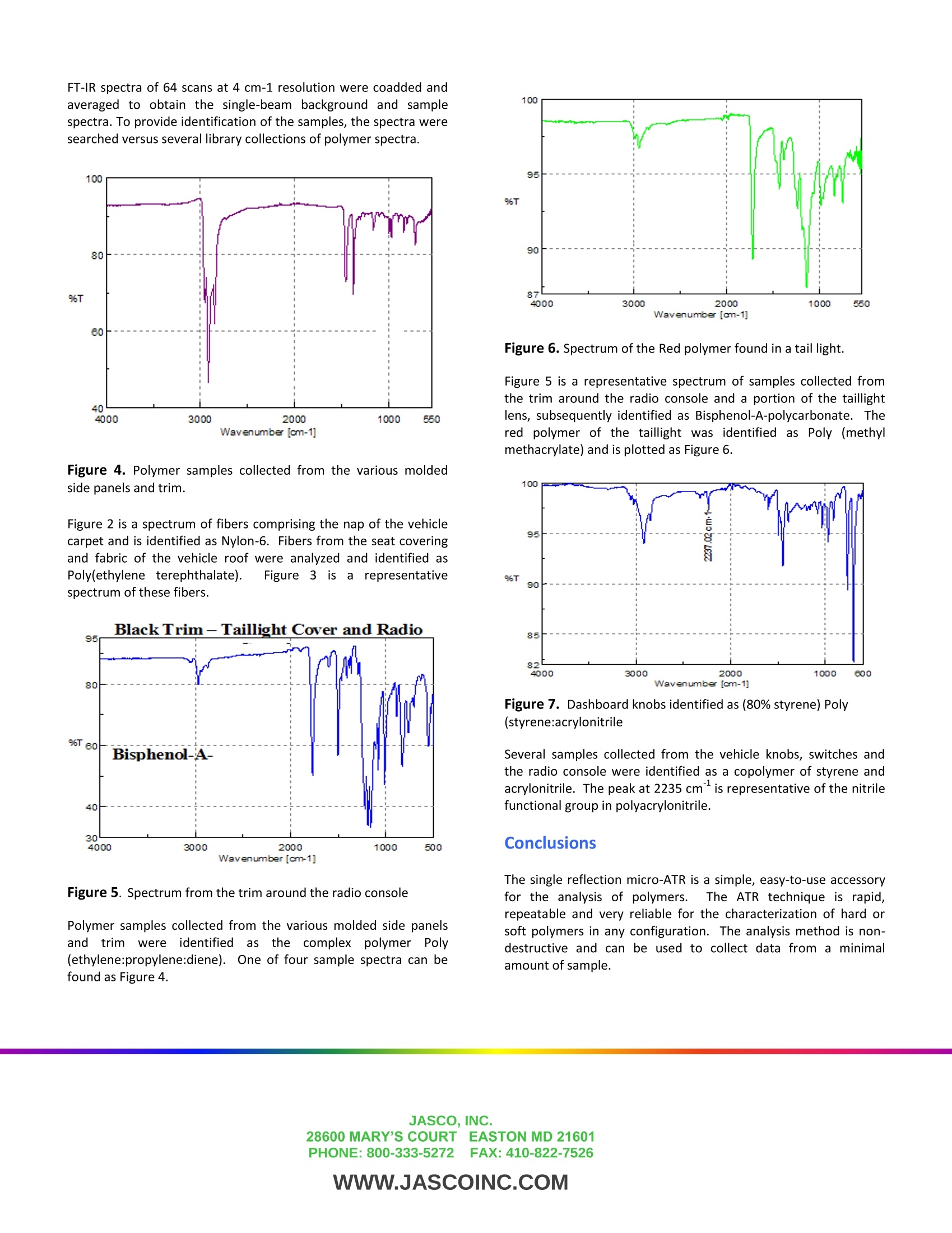
还剩1页未读,是否继续阅读?
佳士科商贸有限公司为您提供《使用FTIR和ATR样品测量分析汽车聚合物_》,该方案主要用于聚合物基复合材料中聚合物分析检测,参考标准--,《使用FTIR和ATR样品测量分析汽车聚合物_》用到的仪器有JASCO FTIR-4000傅立叶变换红外光谱仪
推荐专场
相关方案
更多
该厂商其他方案
更多
